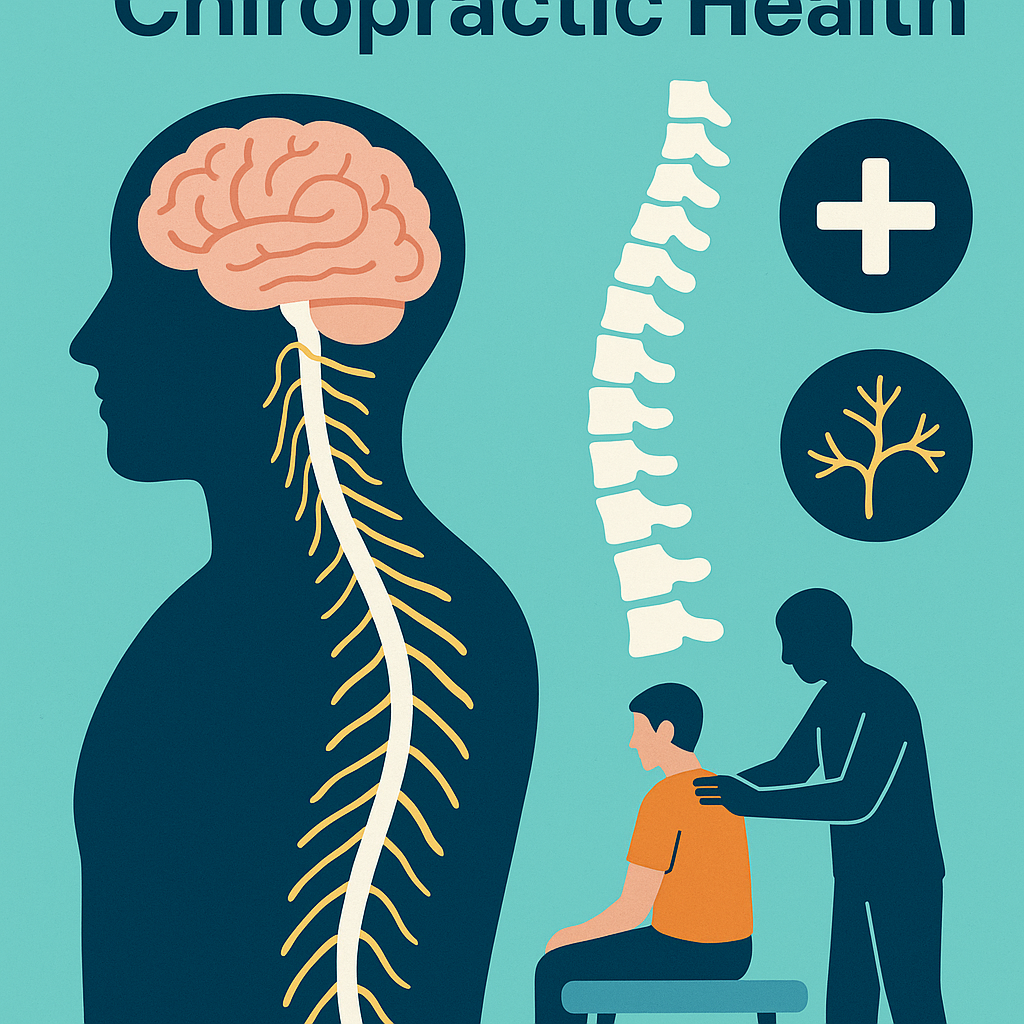Table of Contents
ToggleSpinal Adjustments
Chiropractic care has grown significantly in popularity, but many people still wonder: what’s the science behind spinal adjustments? In this article, we’ll dive deep into how these techniques work, their physiological effects, and how you can benefit from them.
To find trusted professionals near you, visit Local Chiropractors List.
What Are Spinal Adjustments?
Spinal adjustments, also known as spinal manipulations, are therapeutic interventions performed by chiropractors. The goal is to restore mobility, reduce nerve irritability, and improve spinal function.
The Chiropractic Philosophies
Chiropractors believe that when the spine is misaligned (a condition called subluxation), it can interfere with the body’s nervous system. Correcting these misalignments is believed to help the body heal naturally.
Scientific Explanation of Spinal Adjustments
Spinal adjustments aren’t just about bones. They involve complex interactions between joints, muscles, ligaments, and nerves. The science behind them lies in biomechanics and neurophysiology.
Biomechanical Perspective
Adjustments restore the proper motion and alignment of spinal vertebrae. When a vertebra is out of place, it affects the surrounding soft tissues, creating inflammation and muscle spasms. A precise adjustment reestablishes normal joint movement, allowing the body to reduce inflammation and pain.
Neurophysiological Effects
Spinal manipulations stimulate proprioceptors, which are sensory receptors that help the brain understand body position. This stimulation can change pain perception, muscle tone, and even reflexes.
Research Supporting Chiropractic Adjustments
Scientific research over the years has evaluated the effectiveness of chiropractic techniques. A growing body of evidence supports the use of spinal manipulations for various conditions.
Back and Neck Pain Relief
Studies have shown that chiropractic adjustments can be as effective, or more effective, than traditional physical therapy or medication in treating lower back and neck pain.
Headaches and Migraines
Spinal misalignments in the neck can trigger tension-type headaches. Chiropractic care has been shown to reduce the frequency and intensity of these headaches in many patients.
Improved Nervous System Function
The nervous system controls every function in your body. Spinal adjustments may relieve pressure on nerves and improve the overall communication between the brain and body.
What Happens During a Spinal Adjustment?
A chiropractor typically performs the adjustment by applying a controlled, sudden force to a joint. You might hear a popping sound, which is the release of gas from the joint capsule—similar to cracking your knuckles.
Is It Safe?
When performed by licensed professionals, spinal adjustments are generally safe. The risks are very low, especially compared to surgeries or long-term drug use. That said, patients with certain conditions (e.g., osteoporosis or spinal cancer) should consult their physician before seeking chiropractic care.
Conditions That Respond Well to Adjustments
- Chronic lower back pain
- Neck pain and stiffness
- Herniated discs
- Headaches and migraines
- Sciatica
- Whiplash injuries
Complementary Techniques
Chiropractors often incorporate other therapies such as:
- Soft tissue massage
- Physical therapy exercises
- Electrical stimulation therapy
- Ultrasound therapy
Long-Term Benefits of Regular Adjustments
Regular spinal adjustments offer more than pain relief. They help improve posture, enhance mobility, and can even improve your sleep and immune function over time.
Posture Correction
In today’s digital world, poor posture is a common problem. Chiropractic care helps realign the spine and balance muscular tension, leading to better posture and less stress on your joints.
Boosted Athletic Performance
Athletes often visit chiropractors to maintain optimal physical function. Improved spinal alignment can lead to greater range of motion, faster recovery, and fewer injuries.
How to Choose the Right Chiropractor
Look for chiropractors who are licensed, experienced, and well-reviewed. Ask about their techniques, specialties, and whether they offer a personalized treatment plan.
To find verified professionals near you, check out the Local Chiropractors List.
Conclusion
Understanding the science behind spinal adjustments helps you make informed choices about your health. Chiropractic care isn’t just about cracking backs—it’s about improving your body’s communication system, reducing pain, and helping you move better. Whether you suffer from chronic pain or want to maintain optimal health, chiropractic adjustments could be the key to a more balanced and pain-free life.





